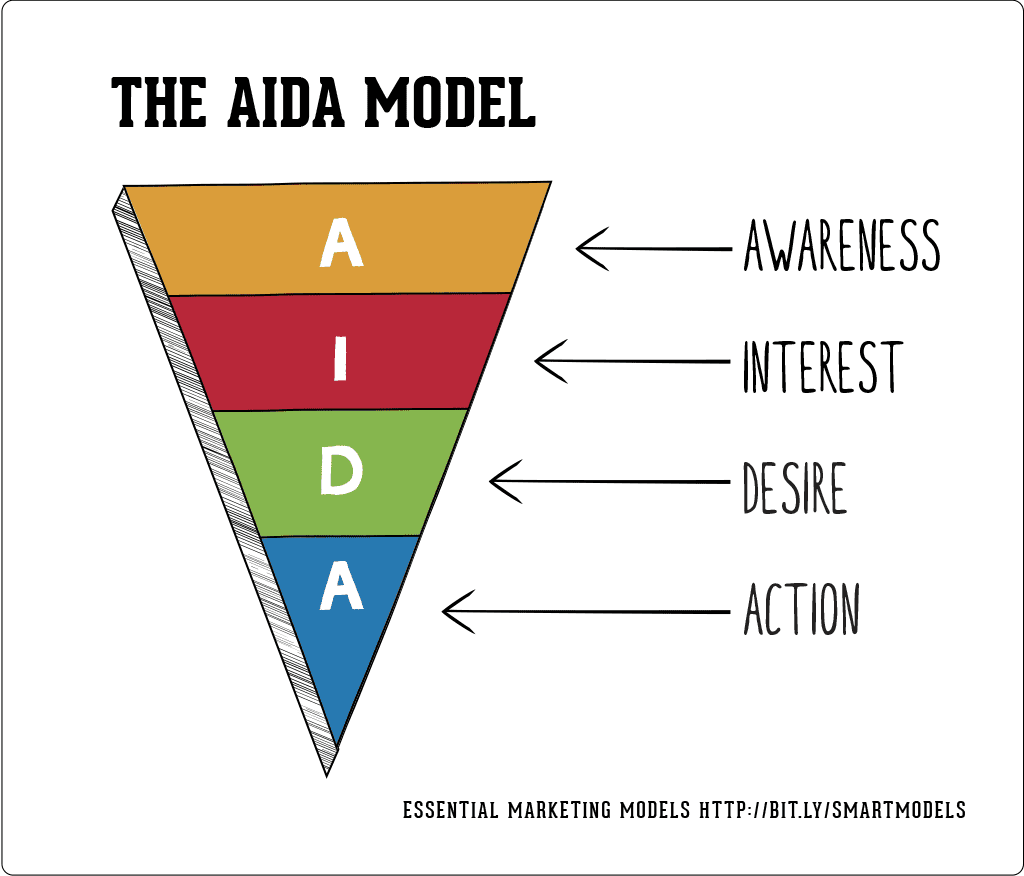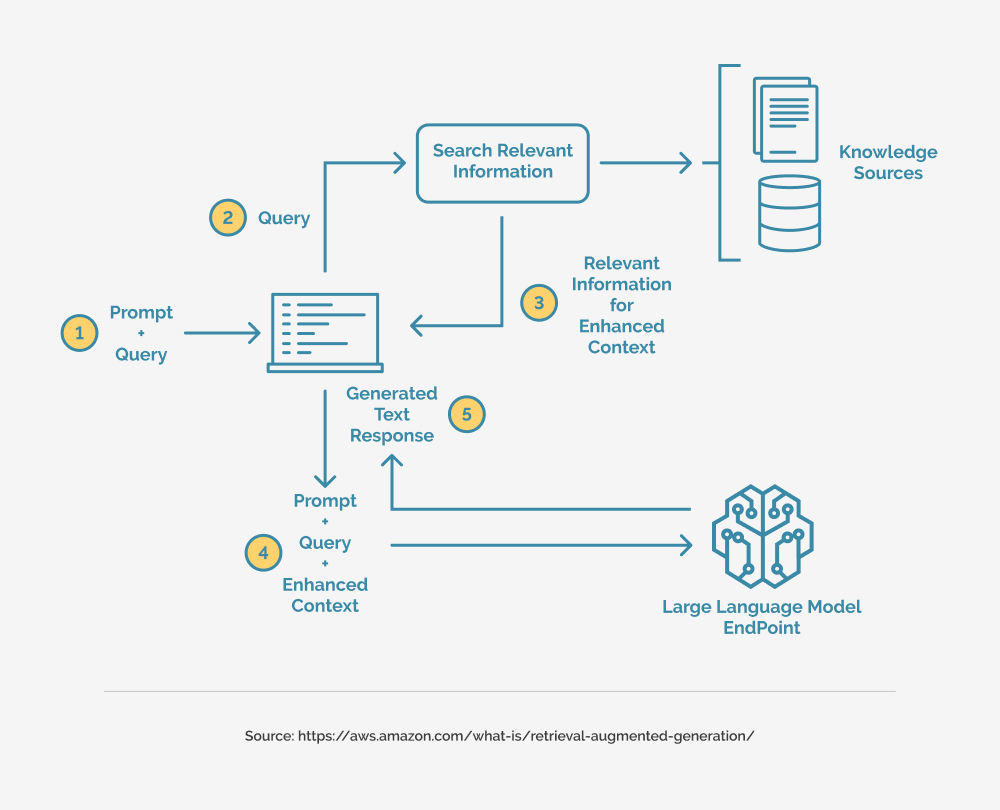Immersive Interiority: How to Collapse Narrative Distance to Get Emotion on the Page
A few simple language shifts can take your reader from watching people on the page to feeling like they’re right inside the scene.


Today’s post is by author and book coach Alex Van Tol.
Want to create a journey that resonates on a deep emotional level with your audience? That’s something only your characters can accomplish. Emotion doesn’t arise from plot alone; it stems from the people who inhabit your story.
To bring the reader right into your characters’ experience, you need to collapse narrative distance. A few simple language shifts can take your reader from watching people on the page to feeling like they’re right inside the scene.
This suspension of reality—this total immersion in a character’s experience—is what makes videogames so compelling and addictive. But capturing immersion-level interiority is trickier to do on paper. You don’t have sound and lights and colors and haptic feedback. You don’t have feedback mechanisms like damage indicators and health bars.
You have…words.
But as Margaret Atwood says, “A word after a word after a word is power.”
Here, I’m going to use concrete before-and-after examples for three different emotional states to teach you how to collapse narrative distance so your reader forgets they’re just reading, and instead feels like they’re inside the story.
Example 1: Grief
Before: Maria walked through the empty house, aware of how silent it was. She remembered when it had been full of life, the sound of laughter echoing in the halls. Now, it felt like a shell of what it once was. She knew she should feel something, but all she could muster was a vague sense of loss.
After: Maria’s footsteps echoed in the empty house. Too quiet. Too still. Laughter had once tumbled down these halls, warm and full. Now, only dust remained. She paused, her hand on the balustrade that looked out over the grand entranceway. Shouldn’t she feel more? But all that sat in her chest was a hollow ache, like a memory she couldn’t quite touch.
What changed?
- We moved from telling to showing. Instead of stating that Maria was “aware of how silent it was,” we’ve made the silence tangible with echoing footsteps, paired with Maria’s interiority: “Too quiet. Too still.”
- We’ve eliminated filter words. Phrases like “she knew” or “she remembered” create distance. These pop the reader out of the immersive experience, reminding them that they’re just reading a story. Instead, in the “after” example, Maria’s emotions are right on the page: She pauses, looking around a home that once bristled with activity…and we can feel the bereftness of it all.
- Sensory details make the story feel more real. The reader sees the dust—and I don’t know about you, but when I read that, I can smell the dustiness of the place, too. “Laughter had once tumbled down these halls, warm and full” is more vivid and tangible than “She remembered when it had been full of life.”
- Maria’s thoughts feel more true to life. The question “Shouldn’t she feel more?” and the description of the ache bring the reader directly into Maria’s emotional state. This makes her relatable—a core requirement of creating three-dimensional characters.
These subtle shifts immerse the reader in the protagonist’s experience, rather than making them feel like an outside observer. We can feel the loneliness of the house; we can hear the way it once bustled with life; we can feel the ache inside Maria’s heart.
Example 2: Regret
Before: James sat on the bench and watched the sun set behind the hills. He thought about how quickly things had changed over the past few months. He felt uncertain about what came next and wondered whether he had made the right decisions.
After: The bench was cold beneath James, but he didn’t move. The sun dipped low behind the hills—too fast, just like everything else lately. Four months ago, he’d been sure. Now? Every choice felt like stepping off a cliff in the dark. Had he screwed it all up? Maybe. Probably.
What changed?
- James’s internal thoughts are rendered directly. We’ve done away with distancing verbs like thought, felt and wondered. Again, these filter words take the reader out of the story and remind them that they’re just reading. We also get a nice sense of his inner experience with the words “too fast, just like everything else lately.” This signifies to the reader that James’s life feels out of control without being told as much.
- We’ve used sensory detail. “The bench was cold beneath James” brings the reader into the character’s body. This fires up the reader’s neural loop of what a cold bench feels like to sit on. Brr! Nobody likes that feeling. The fact that James doesn’t try to make himself more comfortable helps the reader understand the depth of his upset.
- James’s thoughts sound more natural. Humans don’t tend to think in complete sentences, so your characters shouldn’t either. The fragmented sentence structure and rhetorical questions of the “after” passage more closely mimic natural thought and emotion.
- We’ve made the verbs work harder, and sharpened the emotional tone. Stronger verbs like “stepping off a cliff” and a more realistic emotional tone (“Had he screwed it all up?”) evoke regret, uncertainty and doubt without stating it outright. I particularly love the Maybe. Probably. That’s much closer to how our brains think, especially when we’re beginning to catastrophize.
The tweaks we’ve made here let the reader experience the moment as if they’re in James’s body, actually having his experience, not just reading about him from afar. His regret and uncertainty feel palpable here. With these few shifts, James becomes more authentic and multi-dimensional, and we can see more layers of his personality. We’re struggling with his internal conflict right alongside him.
Example 3: Anxiety
Before: Elena walked into the conference room and noticed that everyone was already seated. She felt nervous as she realized all eyes were on her. She reminded herself to stay calm and tried to act confident, even though her hands were trembling slightly.
After: Everyone was already seated when Elena pushed open the door. Eyes turned. Her pulse kicked. Too late to back out now. She straightened her spine, nodded like she belonged here. Her hand trembled on the doorknob and she stilled it, closing the door behind her.
What changed?
- Those filter words again! We’ve ditched she noticed, she felt and she reminded herself. These create separation between the reader and Elena, forcing us to simply watch her as she goes through the motions. Way better to just have Elena see that everybody’s seated and feel her pulse kick. The reader gets to experience those sensations in live action.
- We’ve used physical sensation to show her stress. “Her pulse kicked” does a better job of showing Elena’s fear than “She felt nervous”. Just like all of us know how a cold bench feels under our bum, we also know exactly what it feels like when our heart gives off one of those super-hard beats that signify panic. And her trembling hand underlines her nervousness.
- We can hear Elena’s internal voice. “Too late to back out now” expresses her emotion from the inside, without even using a single emotion word. The reader understands that Elena is going to COMMIT, dammit, even though she hates this moment. This fires up our preexisting neural circuit about what it feels like to make a presentation to an unreceptive audience. With that, the pulse kick and the trembling hand, we know exactly how she’s feeling.
- Shorter, more immediate sentences signify stress. “Eyes turned. Her pulse kicked. Too late to back out now.” These are what we call staccato sentences, and they’re super powerful when you stack them up like this. Short sentences like these create a sense of urgency, like a train clackety-clacketing straight toward you, which intensifies the anxiety the character is feeling.
Each sentence in the “after” passage pulls the reader closer. We’re not just watching Elena as she enters the room; we are Elena, feeling the weight of those stares and noticing how shaky her body feels. We also get to have the experience of rallying in the face of fear. We sense her determination with the straightening of her spine, and her commitment and courage in the moment she closes the door.
Bonus: Somatic experiencing at the level of your characters
To get my characters to feel alive, I step right inside their bodies. I picture this sort of like how a ghost might slip inside someone’s skin. The idea is to get into your body and actually BE that character.
Let’s break down how this is done.
- Close your eyes and put yourself in the scene you’re building. Feel the ground beneath your feet. Drop your breath into your belly and get centered in a sense of being present in this scene. Use your breath in real life to keep you grounded in this place.
- Once you’re inside your character’s body, you can experience the world on the same plane—at the same visual level. This is important. Too often, writers stay up at the bird’s-eye view.
- Take a breath. Notice any smells in that place.
- Keep your eyes closed, both in real life and in the scene. What can you hear? Is there a bird? A baby crying? Noise from passing cars that’s muffled by the closed window? Which direction is that running water coming from?
- Keep your eyes closed. Can you feel anything? What are your feet touching? Woolly sheepskin slippers? Cool tiles? What’s your heart doing? Is the sun hot on the back of your neck? Is the scotch tape dispenser in your hand biting into your palm because you’re gripping it so hard? Does your hip ache?
- Now open your eyes in the scene (keep them closed IRL). What do you see? There are probably 100 different things in your field of vision, and you could focus on any one of them if you wanted to. Which of them is salient to what’s going on in this character’s experience right now? Just notice.
- Turn your head to the right. What’s over that way? Turn your head to the left. What about that direction? What movement are you picking up on in your environment? What can you just make out in the periphery of your vision?
- If you’re in the middle of a heated conversation, notice the expression on your conversation partner’s face. Take in their body language: their posture, their degree of ease or unease, the pitch of their voice. What can you tell they’re feeling that they aren’t actually saying out loud? How do you know?
- As your character, feel around inside your own psyche for a second. You know what your issues are. What part of yourself are you projecting onto your conversation partner in this exchange? Because you know for sure your own bullshit can’t be very far away, right? This is a character-driven story, after all. What are you making it mean about you? And what are you going to do about it?
This last part is the gold. To get to the richness in any scene, you need to discern what the situation means to your protagonist. This is all “story” is: the meaning we assign to things. It’s true for you in the real world, and it’s equally true for your characters.
Now bring that gold back with you, out of your somatic experience and back into your writing world, where your hands are poised over the keyboard. As you practice and become more skilled in this embodying exercise, you’ll write better, deeper, more heartfelt and emotionally compelling characters.



















































![The 11 Best Landing Page Builder Software Tools [2025]](https://www.growthmarketingpro.com/wp-content/uploads/2024/04/best-landing-page-software-hero-image-1024x618.png?#)

































![What Is Generative Engine Optimization [Tips & Workflows To Do It]](https://moz.com/images/blog/banners/What-Is-Generative-Engine-Optimization-Tips-Workflows-To-Do-It-1.png?auto=compress,format&fit=crop&dm=1745607929&s=6f75f1f02c531af0f80acb12517c8bab#)














![How to master the basics of social media advertising [+ 5 examples]](https://www.hubspot.com/hubfs/Untitled%20%28524%20x%20393%20px%29.png)










![Social media image sizes for all networks [May 2025]](https://blog.hootsuite.com/wp-content/uploads/2023/01/Social-Media-Image-Sizes-2023.png)





















